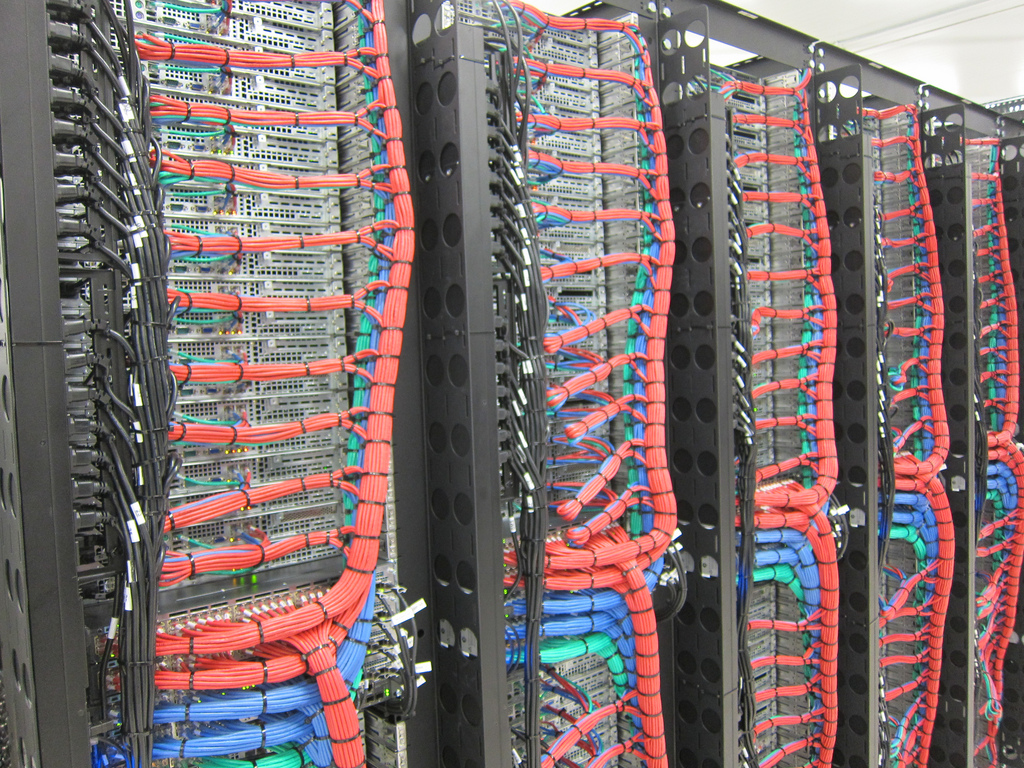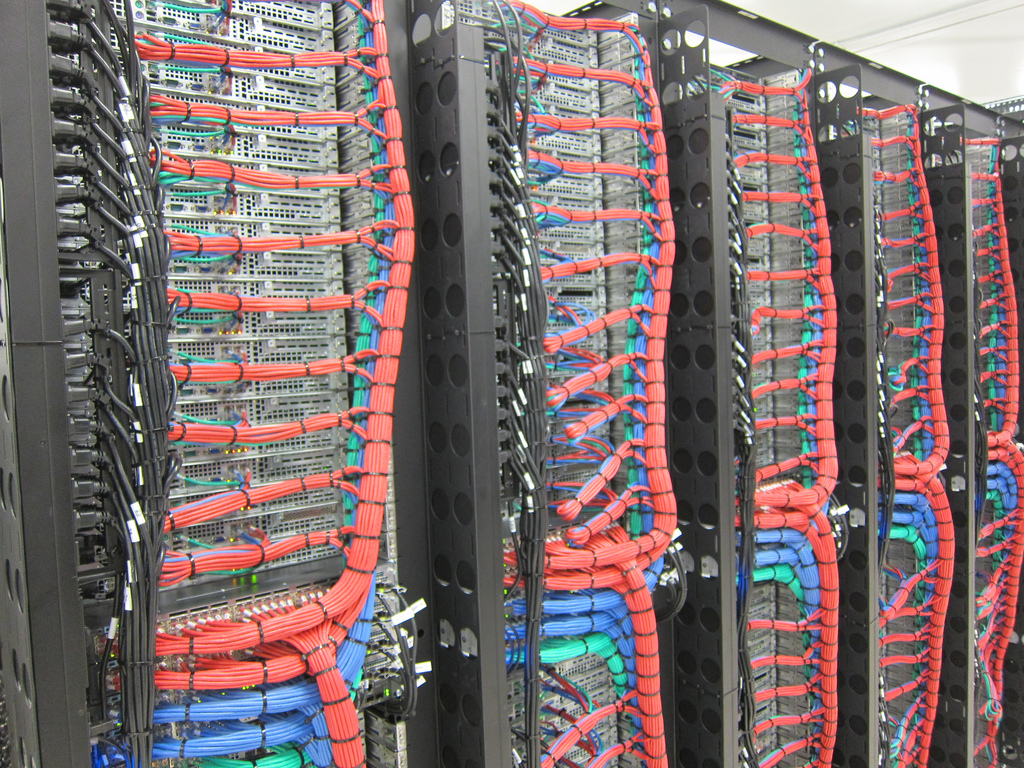But something that’s different would rationally be called not copying, whereas you categorize it as poor copying. Interesting.
I would categorize it as poor copying because the copy doesn’t conform to the design / UX patterns that were present on the “original” work.























That’s what the paper was about, the law also applies the in reverse, adding the space protects the user because it makes it harder to click on the hitbox.